Welcome to the Barone Room!

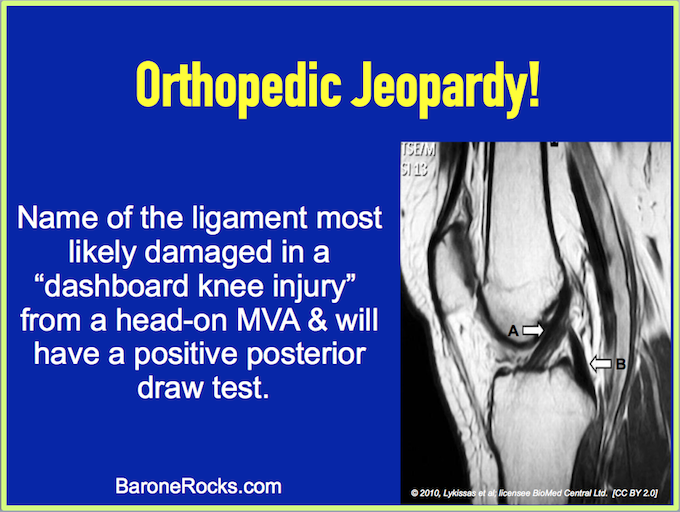
Click readmore to check your answer!
Read more: Orthopedic Pathology Question 2
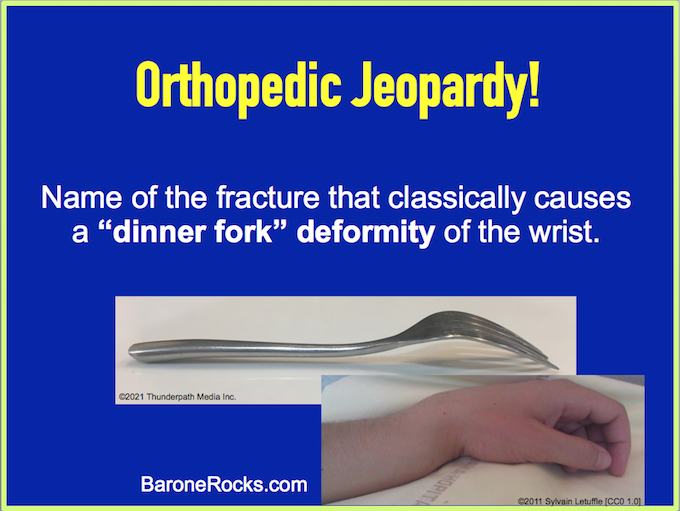
Click read more to check your answer!
Read more: Orthopedic Pathology Question 1
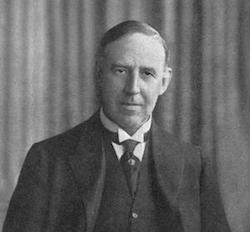
The use of Medical Eponyms is a long-standing tradition in medicine. It’s a way of honoring a physician who played a prominent role in identifying and describing a disease.
Recently there has been a shift away from using people’s names (Eponyms) to using the more descriptive pathologic names. Here are a few that you might encounter on your board exams...
Read more: The Name Game – Medical Eponyms
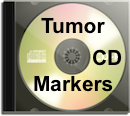
Here are the highest yield CD numbers associated with tumors that you will most likely see on the boards and the wards:
Read more: Key CD Markers for Tumors
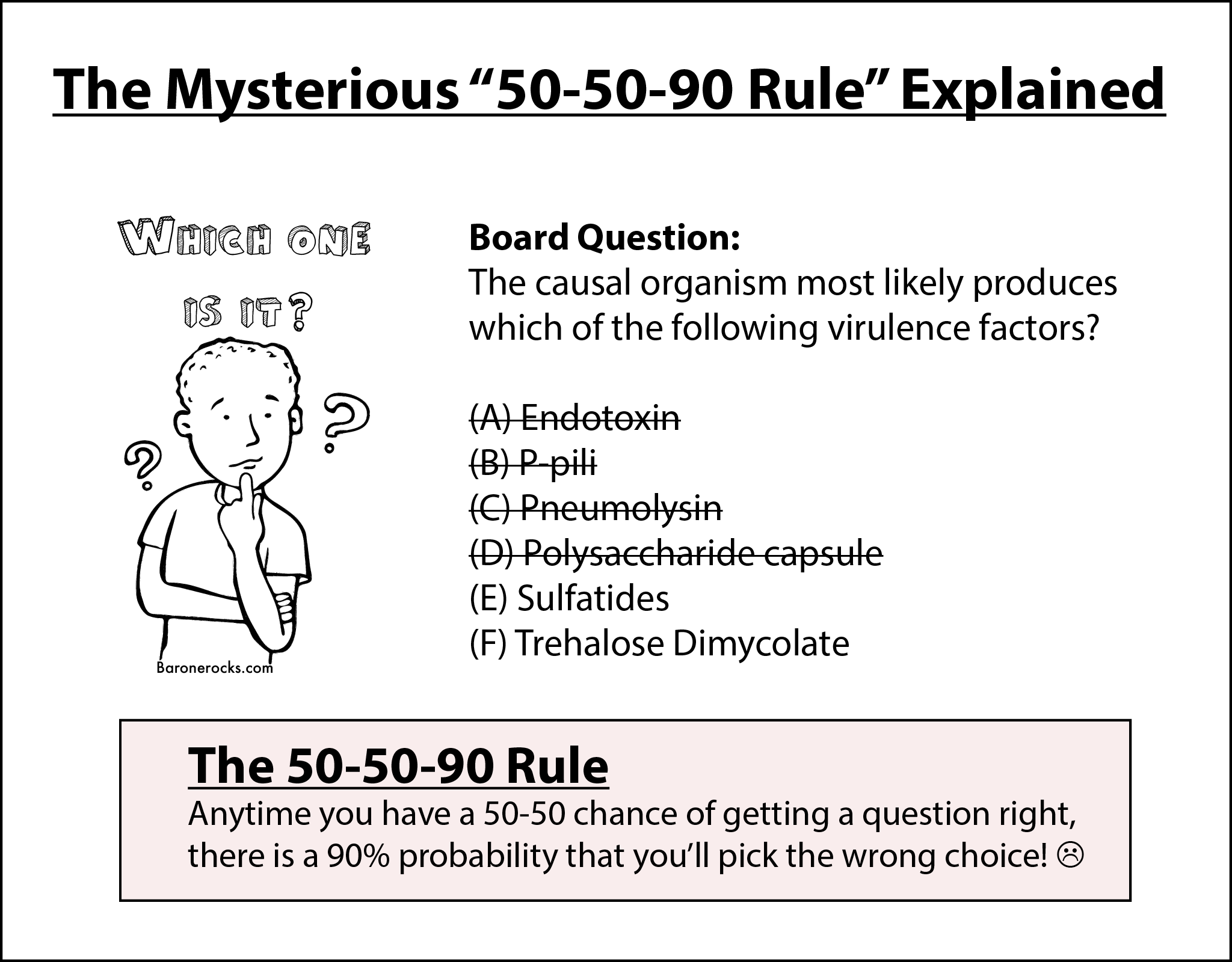
Ain't it the truth! This is a corollary of Murphy's law! So stay cool  during the exam and always stick with your first answer!
during the exam and always stick with your first answer!
The only exception is the small percentage of students, and you know who you are, whose first answer is always wrong  - then go for the other one!!!!
- then go for the other one!!!! 
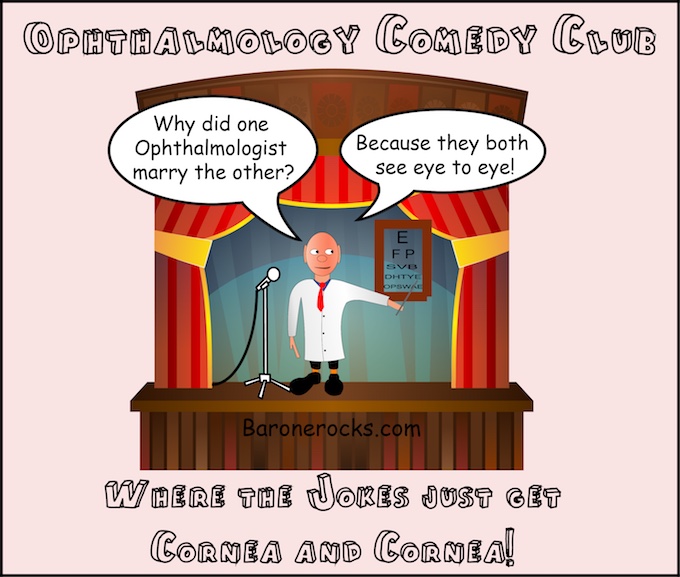

Aphakia = Absence of the lens of the eye. It is usually due to surgical removal but may also be a congenital anomaly. Without a lens there is a loss of accommodation and hyperopia (farsightedness).

Retinal Tears often present with "flashes and floaters" and can lead to vision-threatening retinal detachment! Retinal tears are usually treated with laser surgery or cryotherapy (Cryopexy).

Got any good Ophthalmology jokes? Share them with me in the comment section!

Can you answer these 6 questions related to the cornea and it's diseases?
Read more: Pathology of the Cornea Quiz
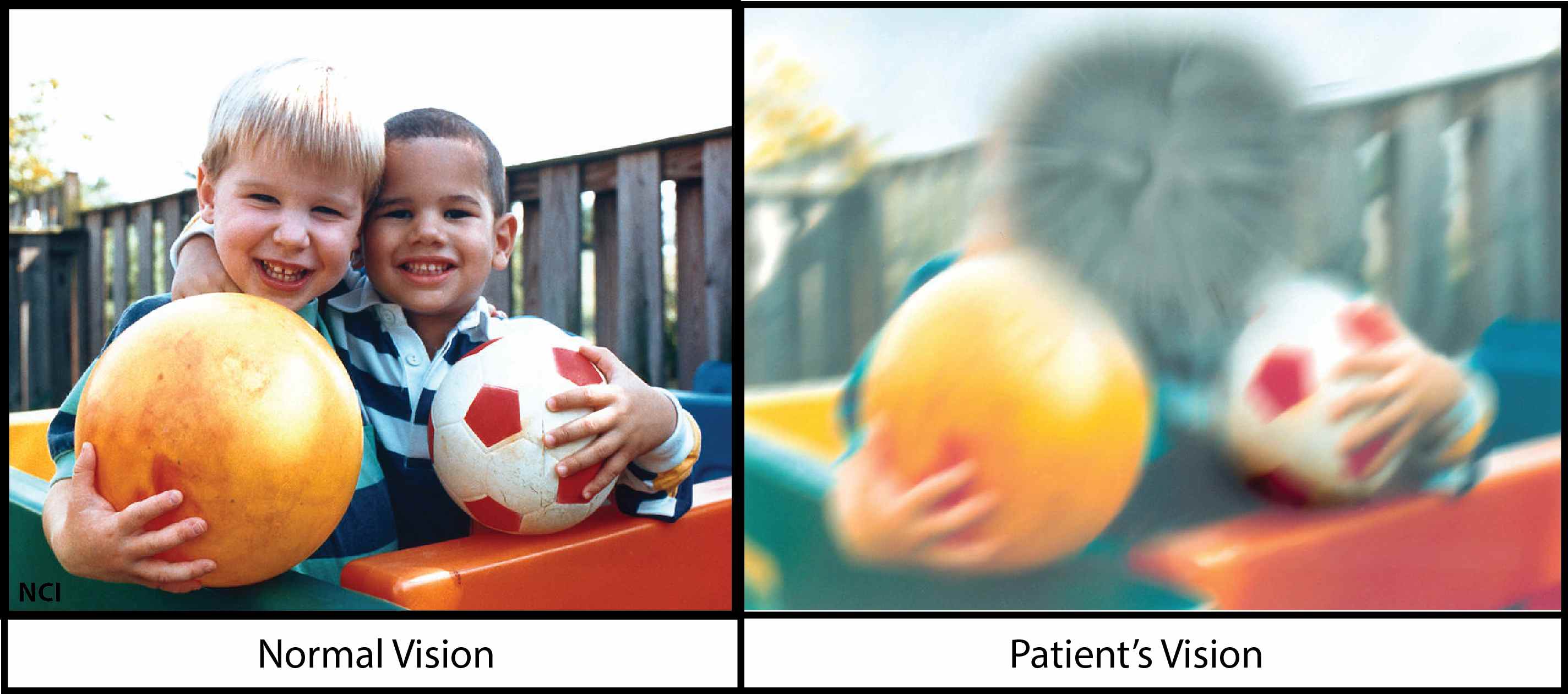
A 68 year old male smoker with gradual bilateral visual loss as shown in the photo.
What's your diagnosis?
Read more: Ophthalmology Photo Quiz 1
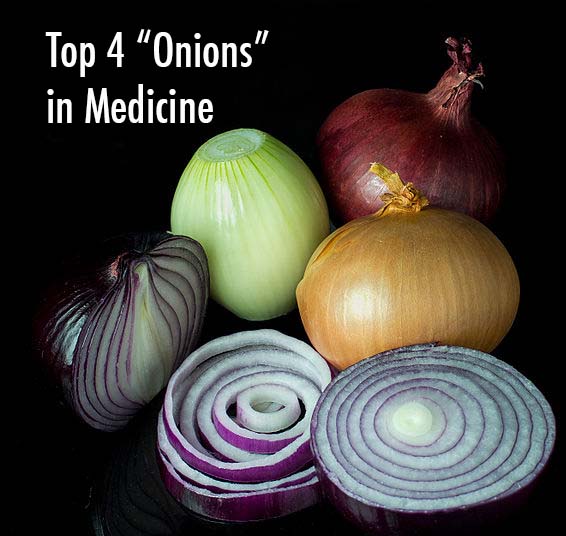
Can you name the 4 most common "onions" in Medicine?
Read more: Most Common "Onions" in Medicine
Here's a way to use the name to remember the key features of Medullary Carcinoma of the thyroid:
Read more: Medullary Carcinoma Mnemonic
Here's a quick review and mnemonic for causes of Intrauterine Growth Restriction (IUGR):
Read more: Intrauterine Growth Restriction Mnemonic
Here's a fun way to remember some important facts about Henoch–Schönlein purpura:
Read more: Henoch–Schönlein Purpura Mnemonic
Here's a quick review of dermatomyositis using the story of "Joe Millionaire":

Here's a fun way to remember the association of Dermatomyositis and polymyositis with the anti-JO-1 antibodies using the Singer Miley Cyrus and her ex-boyfriend Nick Jonas:
Read more: Barone Mnemonic: Dermatomyositis
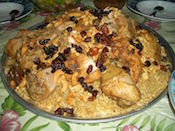
Here's a simple way to remember the Kaposi Sarcoma virus for my Arabic friends:
Read more: Barone Mnemonic: Kaposi Sarcoma

The definition of 'clubbing' changes after you go to medical school! 
Read more: Med School Clubbing

Kisspeptin is a protein coded by the KISS1 gene and is produced in the arcuate nucleus. Kisspeptin stimulates the release of GnRH by the hypothalamus leading to the release of gonadotropins by the pituitary which stimulates the gonads resulting in puberty.
So it looks like KISS and Gene Simmons have been stimulating gonads and turning kids into adolescents for years! 
Note: Kisspeptin was discover in Hershey, Pennsylvania which is the home of "Hershey's Kisses!"

*Metabolic acidosis with an increased gap may occur due to production of lactic acid or hypoglycemia(ketones)
Key Clues
Download the Alcohol Poisoning CheatSheet!

The 2nd enzyme ALA-dehydratase and the final enzyme Ferrochelatase.
Here's a sample of Dr. Raymon! This guy is awesome:
Read more: Tuberculosis by Dr Raymon
Here's a recent case from the wards to inspire you to become the best doctor that you can be. You will save lives and change the world for the better!! Can you make the diagnosis?
Hey John:
I'm one of your Kaplan students whom you taught in Newark NJ back in 2010. Currently I'm in my final year in internal medicine and will do hepatology next. The reason I'm sending you this message is to thank you for your valuable lectures. They were so awesome that not only helped me in Step 1 , 2, 3 but also helped me save a life...
I was in the MICU, on call, when I had this patient sent from the floor with severe altered mental status and she had been intubated so history out of the equation. I examined her and found asymmetric reflexes in the knees on the physical. During the rounds, the intern read the labs which were significant for a low platelet count and elevated creatinine. I was sitting beside the attending who was emphasizing on some point about the platelet count and the need for transfusion. She then asked the intern and me what do we think is the diagnosis?
Can you tell me why you get the different color changes of a bruise?
Read more: The Stages of a Contusion
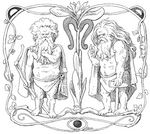
Here are the distinguishing features of some of the most tested causes of Short stature (Dwarfism):
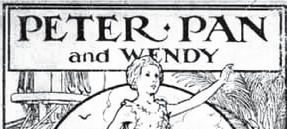
Here are the key points for this rare cause of short stature:
Read more: Psychosocial Dwarfism
The American College of Obstetricians and Gynecologists (ACOG) has decided to change the definition of Term pregnancy. Here is the new designations along with the former designation:
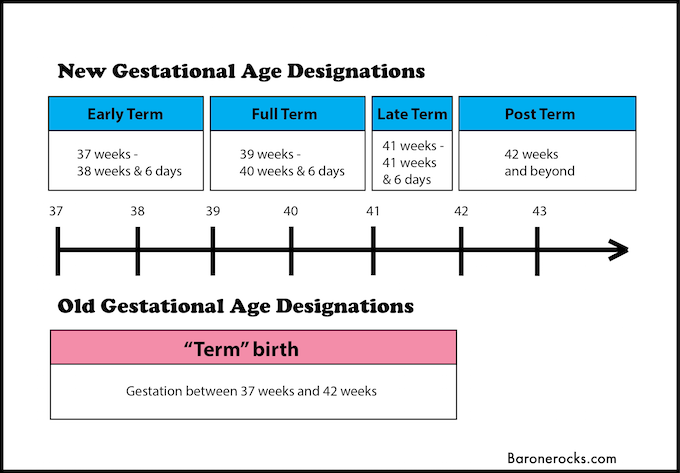
The reasoning behind the change is that:
Source: American College of Obstetricians and Gynecologists (ACOG)

Here's a visual way to remember the key associations for VHL:
Read more: BaroneMnemonic: VHL
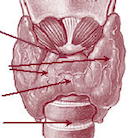
Here's a way to remember some key facts about Hashimoto's Thyroiditis by using it's name!:
Read more: Hashimoto's Thyroiditis Mnemonic

Here's a fun way to remember the key associations for familial retinoblastoma :
Read more: Retinoblastoma Mnemonic
Here's a simple way to remember some important features of this autosomal recessive genetic disorder:
Read more: BaroneMnemonic: Abetalipoproteinemia
What's your guess?
Residency directors are less likely to look at your application if you have a failure on your first attempt of which board exam?
A) Step 1
B) Step 2 CK
Answer:
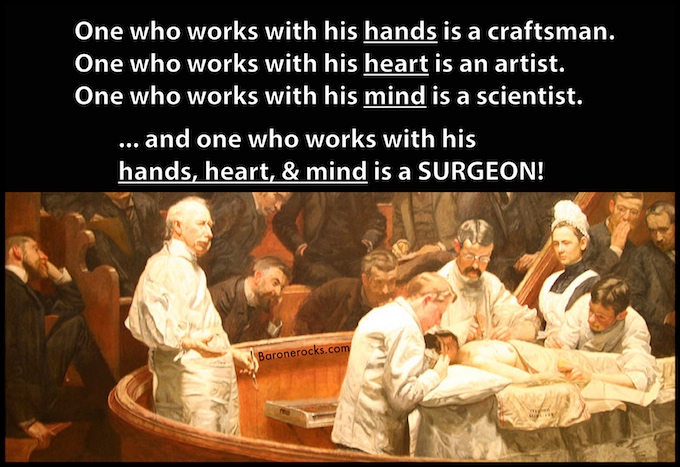
Source: "The Agnew Clinic," an 1889 oil painting by Thomas Eakin, shows a 19th century operating theater in action. (Image: Philadelphia Museum of Art/Public Domain)